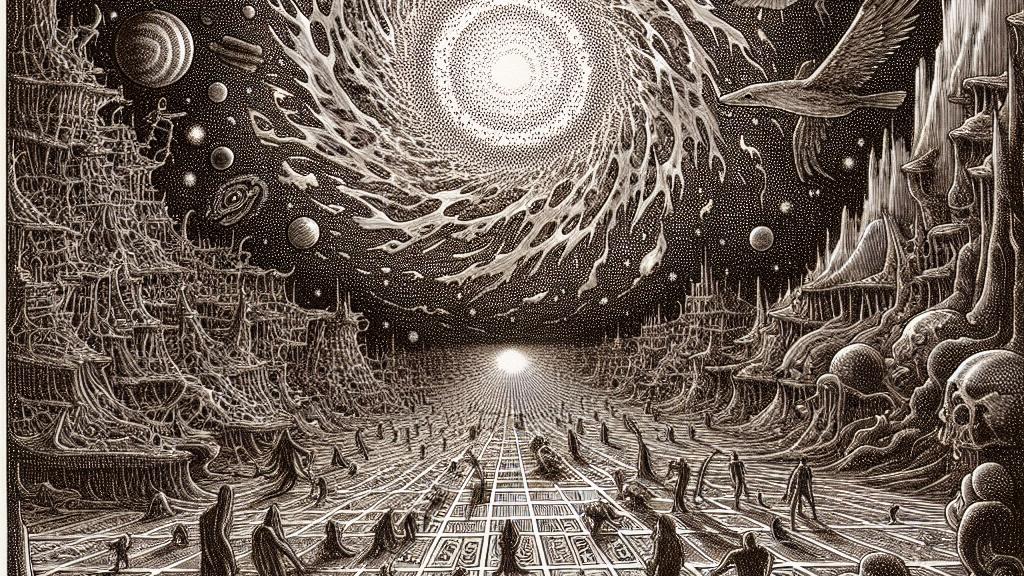Exploring the Mysteries of the Big Bang and the Birth of the Universe
Overview
- The Big Bang, a monumental explosion, marked the birth of our universe nearly 14 billion years ago, laying the foundation for everything we know.
- Remarkable evidence, like cosmic microwave background radiation, paints a vivid picture of the universe's early, chaotic conditions.
- State-of-the-art experiments at facilities such as the Large Hadron Collider (LHC) recreate primordial scenarios, unlocking profound insights into our cosmic beginnings.

The Origin of the Universe
Imagine a moment that changed the course of everything—this was the Big Bang, a spectacular event that unfolded around 14 billion years ago. Visualize an explosion so vast that it marked the beginning of all existence. Initially, the universe existed as an incredibly hot and dense singularity, a condition so extreme that atoms themselves couldn’t even survive. Thanks to the pioneering work of Edwin Hubble in 1929, we learned that galaxies are not fixed; they are moving away from one another, hinting at a continuously expanding universe. If we rewind the cosmic clock, it suggests that everything is rushing back to a single point in the past, reinforcing the idea of the Big Bang as our universe's origin story—a narrative that forever shapes our understanding of existence.
Key Evidence: Cosmic Microwave Background
A central piece of evidence supporting the Big Bang theory is the cosmic microwave background (CMB) radiation. This phenomenon, serendipitously discovered in 1964 by scientists Arno Penzias and Robert Wilson, is akin to a faint echo from the universe's infancy. Picture a gentle glow that fills the universe, emanating from a time when it had just cooled enough for light to travel freely. This tiny remnant of heat tells a captivating story, revealing conditions when the universe was a mere 380,000 years old. The significance of CMB cannot be overstated; it offers an invaluable glimpse into the conditions following the Big Bang, solidifying its role as a key element in understanding our cosmic origins. Penzias and Wilson's Nobel Prize in Physics in 1978 underscores the monumental nature of their discovery, forever changing our perception of the universe.
Modern Discoveries and Continuing Research
In our relentless quest for knowledge, modern technologies like particle accelerators have substantially advanced our comprehension of the cosmos. The Large Hadron Collider (LHC), for instance, is at the forefront of this exploration, simulating conditions that mirror those immediately after the Big Bang. Can you fathom a time when gravity, electromagnetism, and the strong and weak nuclear forces existed as a single entity? Such a concept, once purely theoretical, becomes tangible through ongoing research. As the universe expanded and cooled, these forces separated, leading to the structured cosmos we inhabit today. Moreover, intriguing studies of quark-gluon plasma—a chaotic mix of fundamental particles—reveal how quarks and gluons congregated to form protons and neutrons. This primordial soup was crucial in the formation of matter as we know it. It’s incredible to think that every element in our world has its roots in this dramatic unfolding of events, serving as a reminder of the profound, interconnected nature of the universe!

Loading...